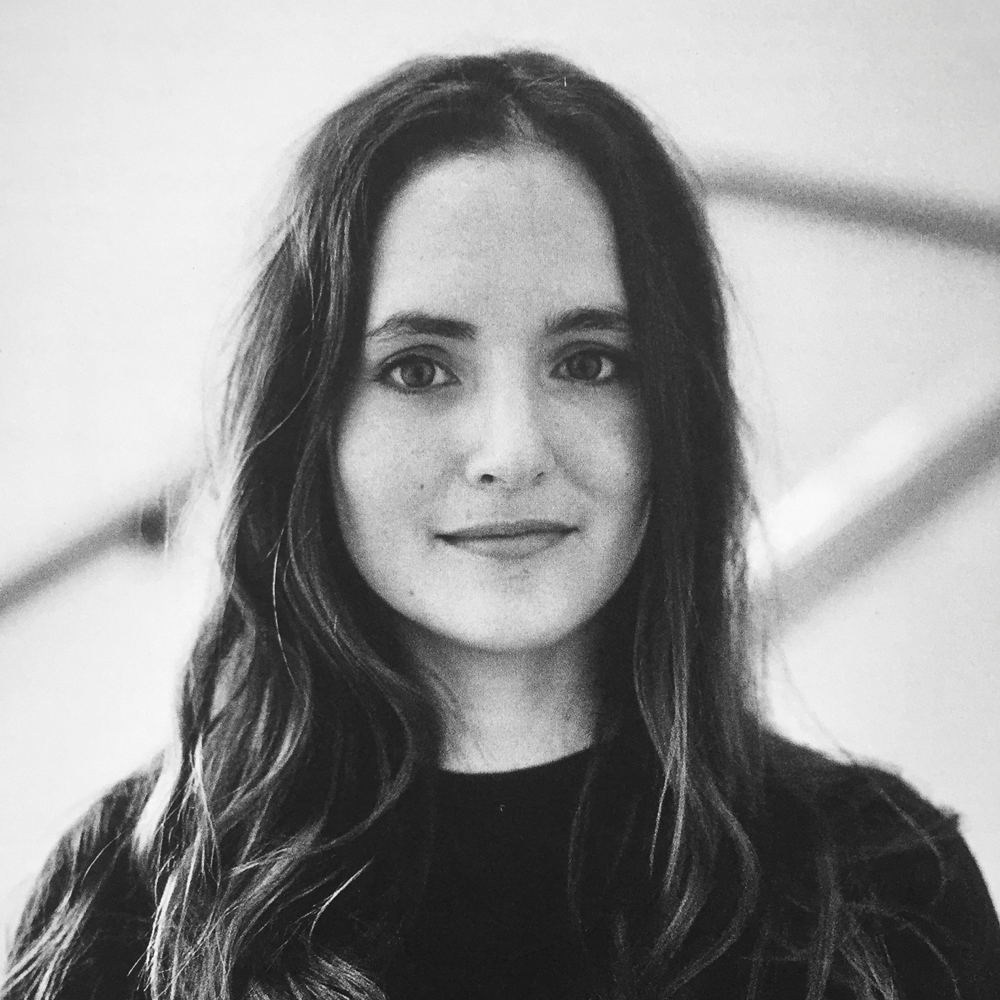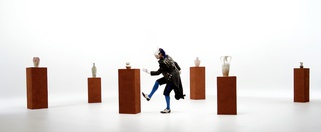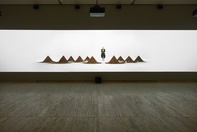Pilar Mata Dupont
Rotterdam, the Netherlands
2019
Displayed 2019 at Art Gallery of New South Wales

Pilar Mata Dupont
Born 1981, Perth. Lives and works Rotterdam, the Netherlands
Spanning video, performance and photography, Pilar Mata Dupont’s work aids her research into the malleability and fallibility of structures of history, gender and memory, and often combines seemingly disparate references to create new, and often dreamlike, visual worlds where these themes can be investigated. Using highly theatrical and cinematic methods, she reimagines histories and classical texts, creating alternative readings that question the conditions of the construction of dominant narratives that shape western society. Her Argentinian background, and upbringing in Australia, Argentina and Brunei Darussalam – all settler states and/or former colonies or protectorates – feed into her practice through the themes she explores.
Photograph: Stacii Samidin
Artist text
by Sarinah Masukor
It is said that during the years Spain and Portugal had colonies in Asia and South America, Chinese porcelain and silks were treasured by the colonial citizens of Mexico and Peru. Less expensive and of better quality than local products, these goods were also desired in Europe.
For thousands of years before British colonisation, the Bardi, Nyul Nyul, Jabirrjabirr, Ngumbarl and Yawuru peoples of the West Kimberley coast traded mother-of-pearl with people inland. The best quality ochre also made its way along the network of trade routes that crossed Australia before colonisation.
Writing in The New Yorker, Joan Acocella notes that tap, a dance form blended from the folk styles of slaves and migrants in the US, including West African dances, Irish stepdancing and English clogging, still bears traces of the grief that accompanied its birth. Later, as tap moved from the street to the screen, elements of ballet were added. The loose, free gestures, the appearance of joy in flight, conceal this fraught history.
/
A thread of ochre travels like a soundwave. A slick porcelain slip shimmers like mother-of-pearl. A figure soft-shoes around a blank white space set with plinths of red earth displaying scarred and buckled porcelain vessels – a dreamlike museum of earthly elements. Faceless, wearing a ruffled lace mantilla, a shell-covered jacket and stockings of cobalt blue, the dancer shuffles around the unsteady display. Their feet move slower than the sound of clattering, static taps. They leap. A vase flies from one screen to the next, reshaped and charred as it hurtles across the join.
In Pilar Mata Dupont’s Shuffle (2017–18) the dancer attempts to destroy the institutional order, only to discover that falls give birth to new forms. The objects, minerals and art forms that appear in the work have all been shaped and reshaped over time, through global trade networks and the irrepressible human ability to transform and recontextualise. Mata Dupont takes note of the problematic interconnectedness of things in the colonised world without refusing their beauty. The work slips between ugliness and elegance, the gravity of history and the grace of craft. The porcelain vessels have misshapen bellies, off-centre stems and flaking glazes. The dancer’s movements are skilled but not always graceful.
Power, influence, desire. The nightmare of colonisation was fuelled by alluring emotions – an unsettling position that implicates the viewer. In Shuffle, the museum – the place where so many artefacts end up and a site that is at times a functionary of the corruption and co-option of objects within a version of history that obfuscates their true origins – is precarious and appears, for a moment, as if it can be undone. The dancer swings violently around the display. The plinths fall. The porcelain shatters. But instead of destroying the structures, the collapse reconfigures them. The mounds of earth and porcelain land like a contemporary sculptural version of the museum display, white shards in pyramids of ochre-red. Embedded in the new are the remains of the old. The promise of absolution gives way to something more troubling. The flow continues. And the dance, performed by black men on the streets, by white men in the movies and here by a woman disguised so as to appear genderless, moves from body to body, inscribing each performer with the traces of trade and transformation, a world built on routes of exchange.
Text text


